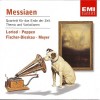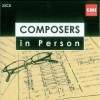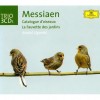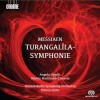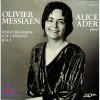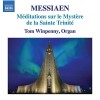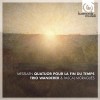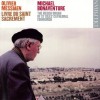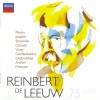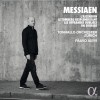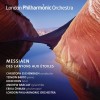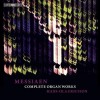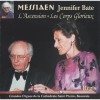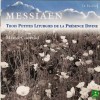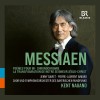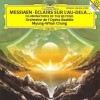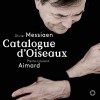传记
Olivier Messiaen (French pronunciation: [ɔlivje mɛsjɑ̃]; December 10, 1908 – April 27, 1992) was a French composer, organist and ornithologist, one of the major composers of the 20th century. His music is rhythmically complex (he was interested in rhythms from ancient Greek and from Hindu sources); harmonically and melodically it is based on modes of limited transposition, which he abstracted from his early compositions and improvisations. Many of his compositions depict what he termed "the marvellous aspects of the faith", and drew on his deeply held Roman Catholicism.
He travelled widely and wrote works inspired by diverse influences such as Japanese music, the landscape of Bryce Canyon in Utah and the life of St. Francis of Assisi. He said he perceived colours when he heard certain musical chords, particularly those built from his modes (a phenomenon known as synaesthesia); combinations of these colours, he said, were important in his compositional process. For a short period Messiaen experimented with the parametrisation associated with "total serialism", in which field he is often cited as an innovator. His style absorbed many exotic musical influences such as Indonesian gamelan (tuned percussion often features prominently in his orchestral works). He was one of the first composers to use an electronic keyboard—in this case, the ondes Martenot—in an orchestral work.
Messiaen entered the Paris Conservatoire at the age of 11 and was taught by Paul Dukas, Maurice Emmanuel, Charles-Marie Widor and Marcel Dupré, among others. He was appointed organist at the Église de la Sainte-Trinité in Paris in 1931, a post held until his death. He taught at the Schola Cantorum de Paris during the 1930s. On the fall of France in 1940, Messiaen was made a prisoner of war, during which time he composed his Quatuor pour la fin du temps ("Quartet for the end of time") for the four available instruments—piano, violin, cello and clarinet. The piece was first performed by Messiaen and fellow prisoners for an audience of inmates and prison guards. He was appointed professor of harmony soon after his release in 1941, and professor of composition in 1966 at the Paris Conservatoire, positions he held until his retirement in 1978. His many distinguished pupils included Pierre Boulez and Yvonne Loriod, who became his second wife.
He found birdsong fascinating, believed birds to be the greatest musicians, and considered himself as much an ornithologist as a composer. He notated bird songs worldwide and incorporated birdsong transcriptions into most of his music. His innovative use of colour, his conception of the relationship between time and music, his use of birdsong and his desire to express religious ideas are among features that make Messiaen's music distinctive.





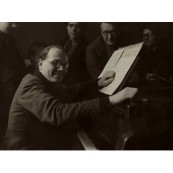

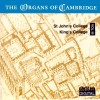

![Great European Organs. 11-Kimberly Marshall [St Sernin Toulouse]](http://static.classicalm.com/repository/collection-cover/small/861-img1340720744257035.jpg)
![Great European Organs. 14-Colin Andrews [Bordeaux Cathedral]](http://static.classicalm.com/repository/collection-cover/small/867-img1340969476379677.jpg)
![Great European Organs. 69-Stefan Engels [St Matthias Berlin-Schöneberg]](http://static.classicalm.com/repository/collection-cover/small/977-img1342728158736074.jpg)
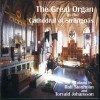
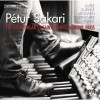
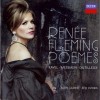
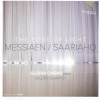
![Martha Argerich Edition - Solos & Duos [CD6of6]](http://static.classicalm.com/repository/disk-cover/small/3586-img1404481344845133.jpg)
![The Liszt Project (Pierre-Laurent Aimard) [CD2of2]](http://static.classicalm.com/repository/disk-cover/small/3606-img1404825666184753.jpg)
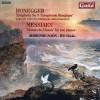
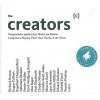
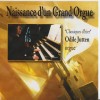
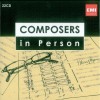
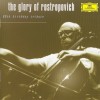
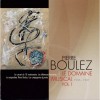
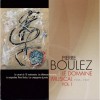


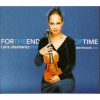
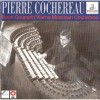
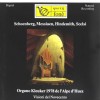
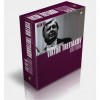

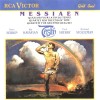
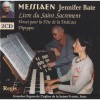
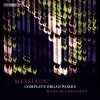

![Messiaen Edition Vol.2 [Warner Classics]](http://static.classicalm.com/repository/composition-cover/small/36111-img1567502260673758.jpg)
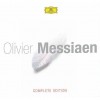
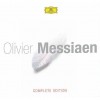
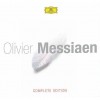


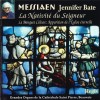
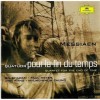
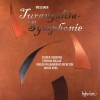
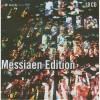
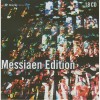
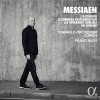
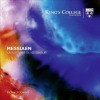
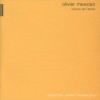
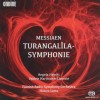
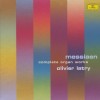
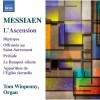

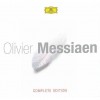
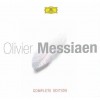
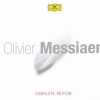

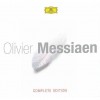
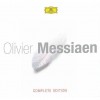
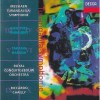
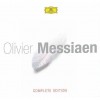
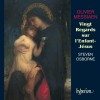
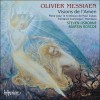
![Olivier Messiaen - Eclairs sur l'au-delа [Simon Rattle, BPO]](http://static.classicalm.com/repository/composition-cover/small/26996-img1460033447145390.jpg)


